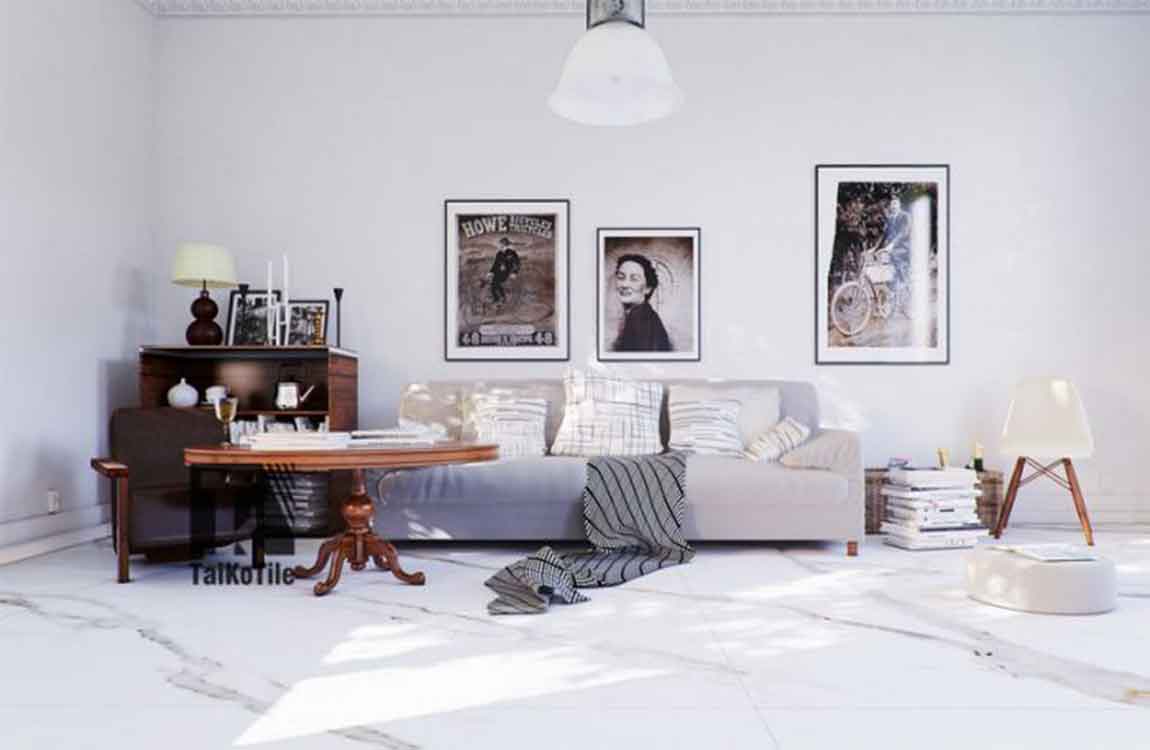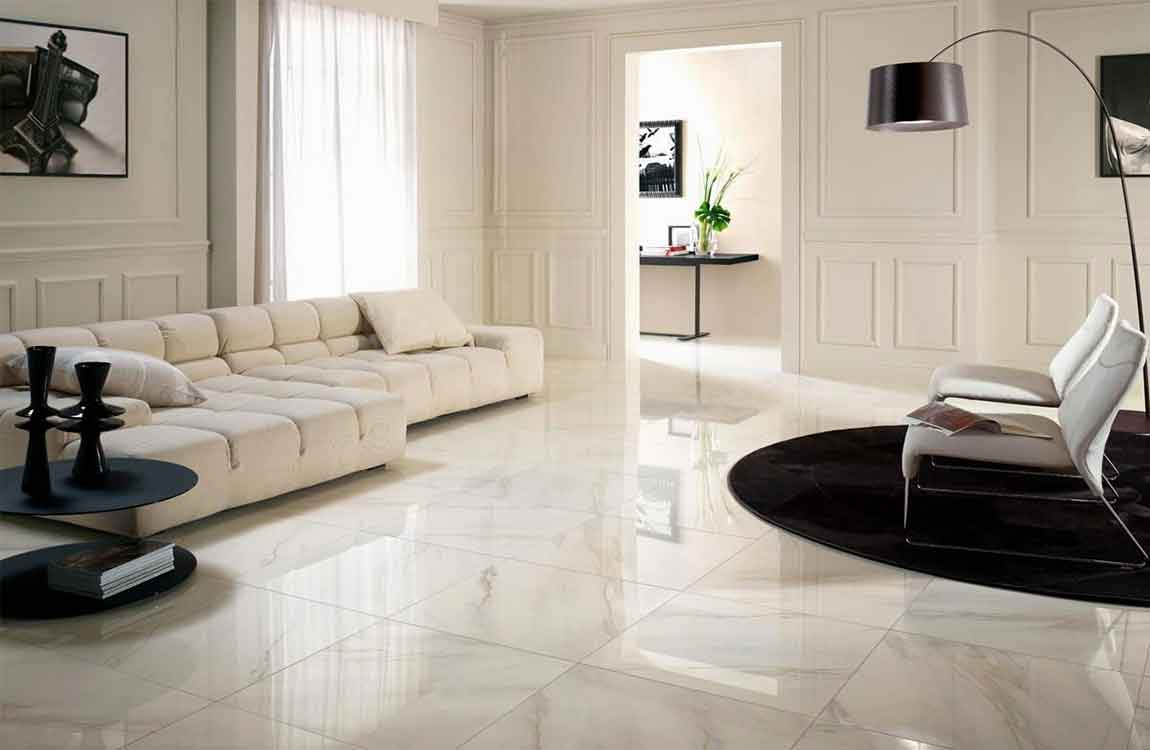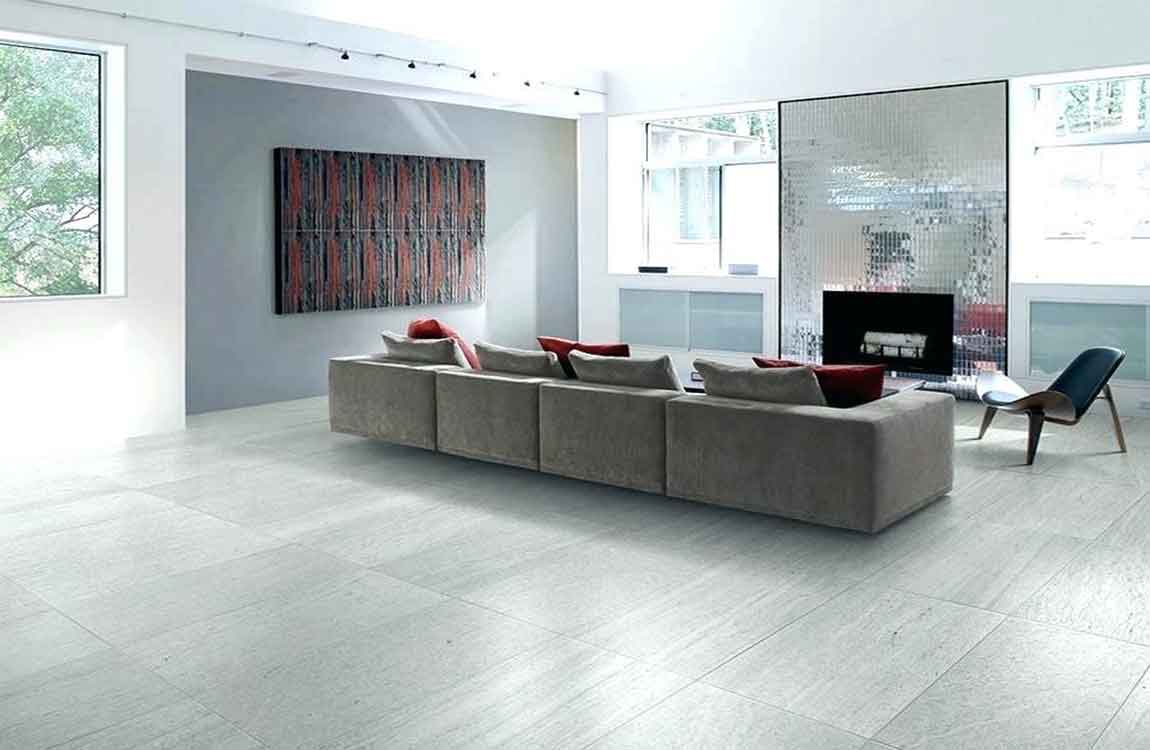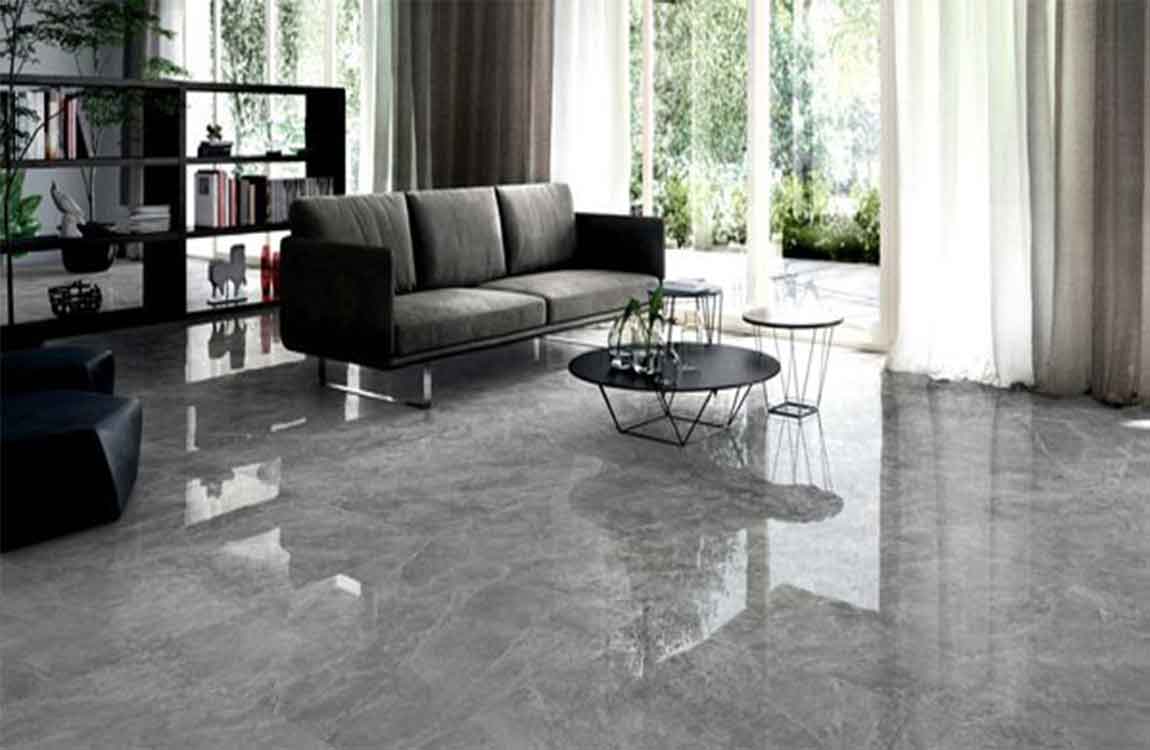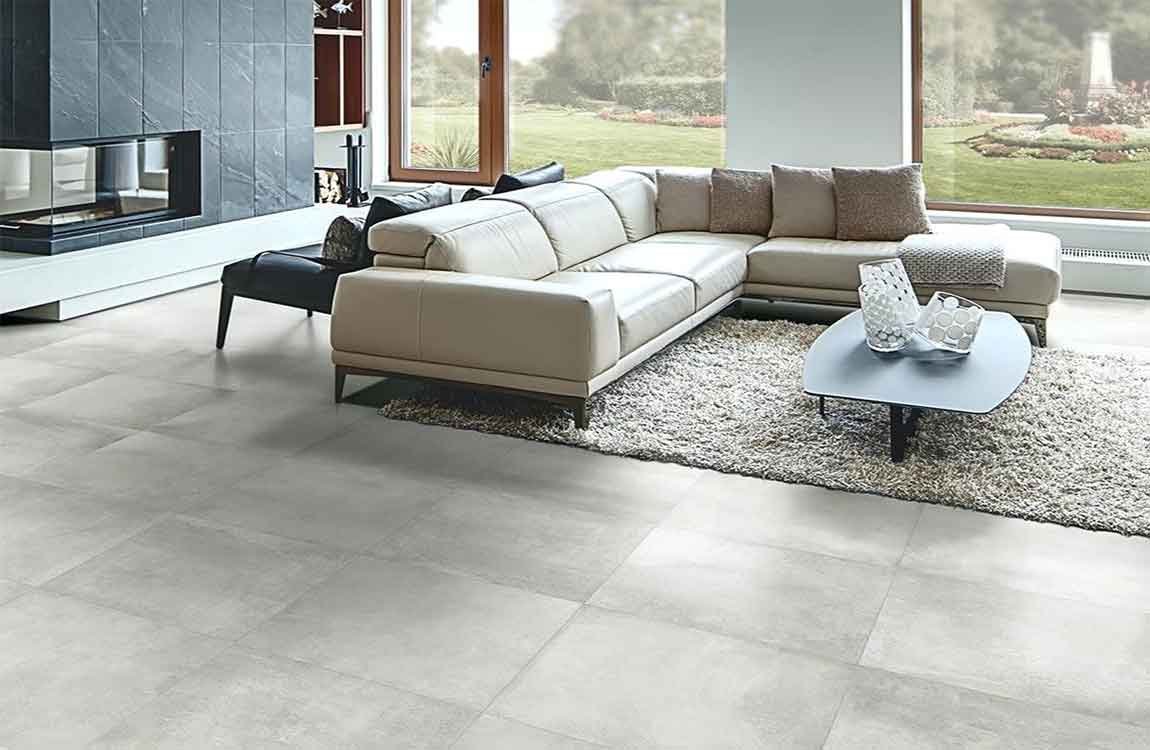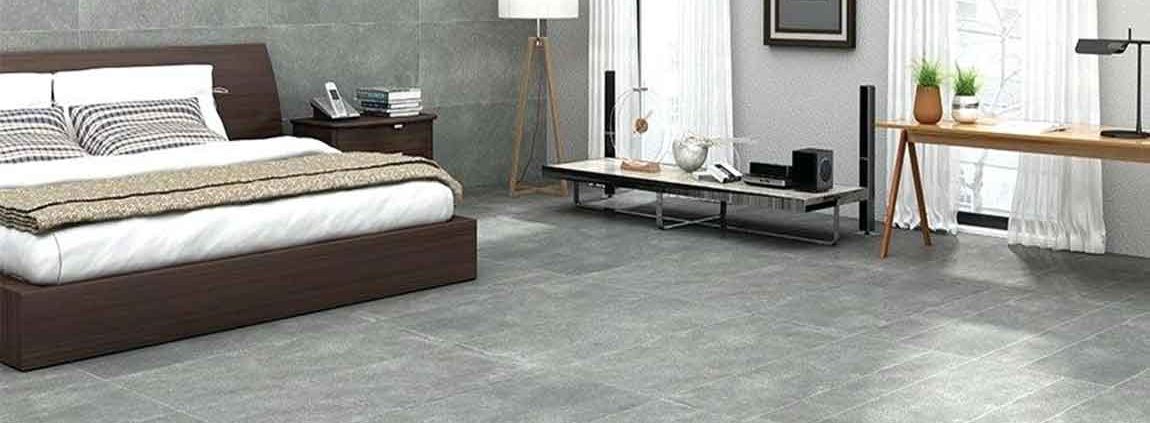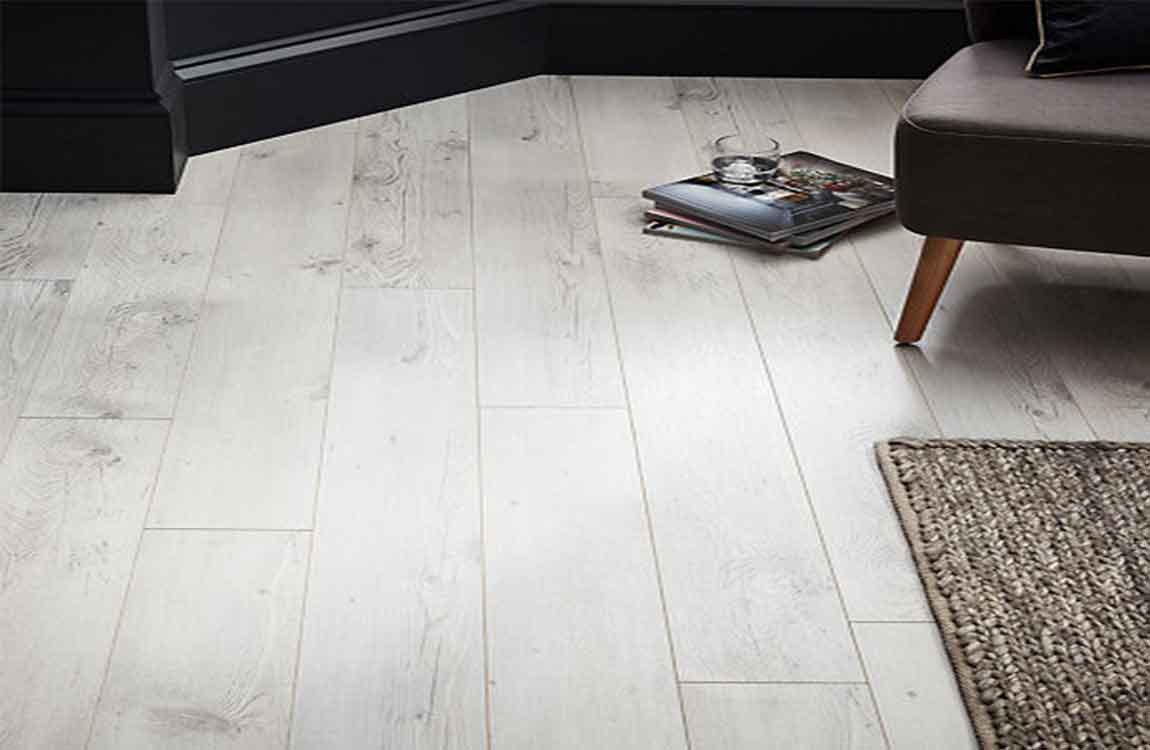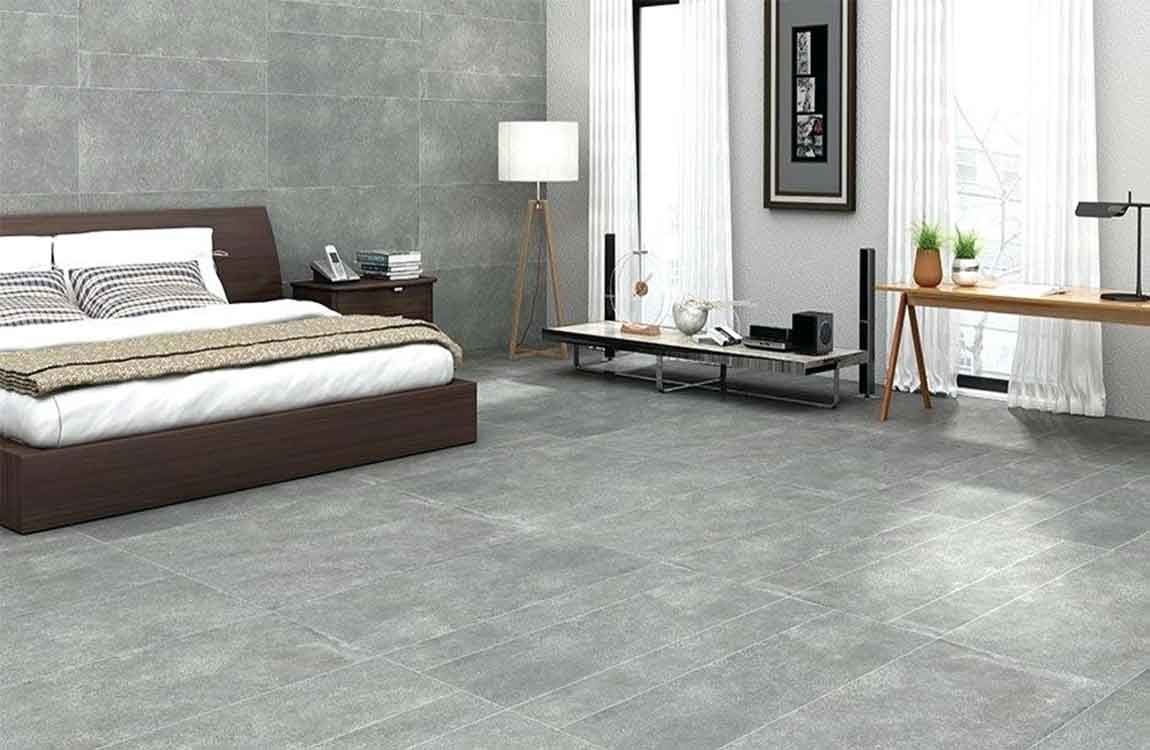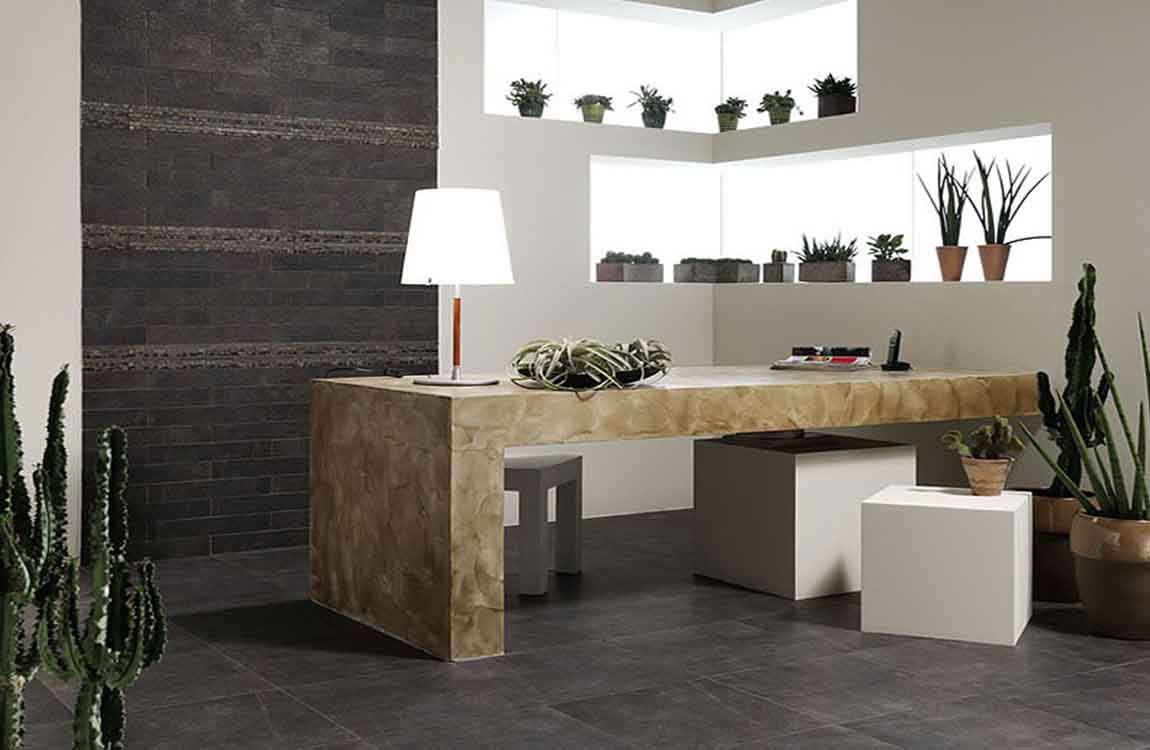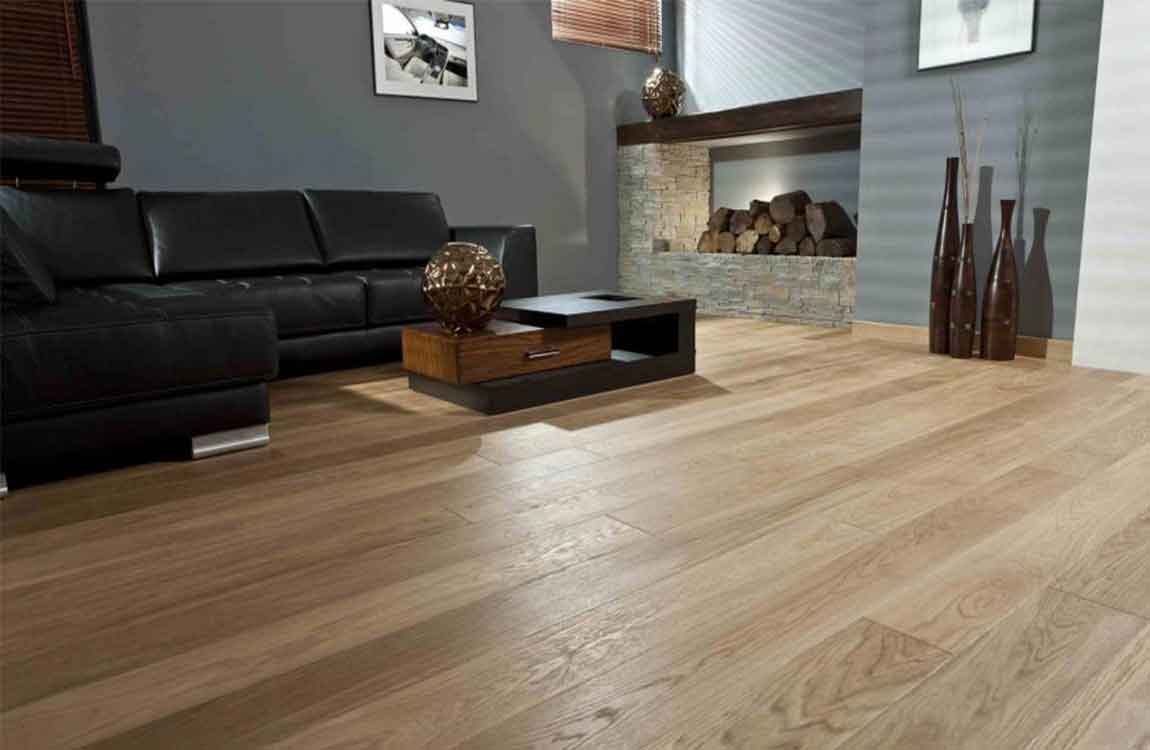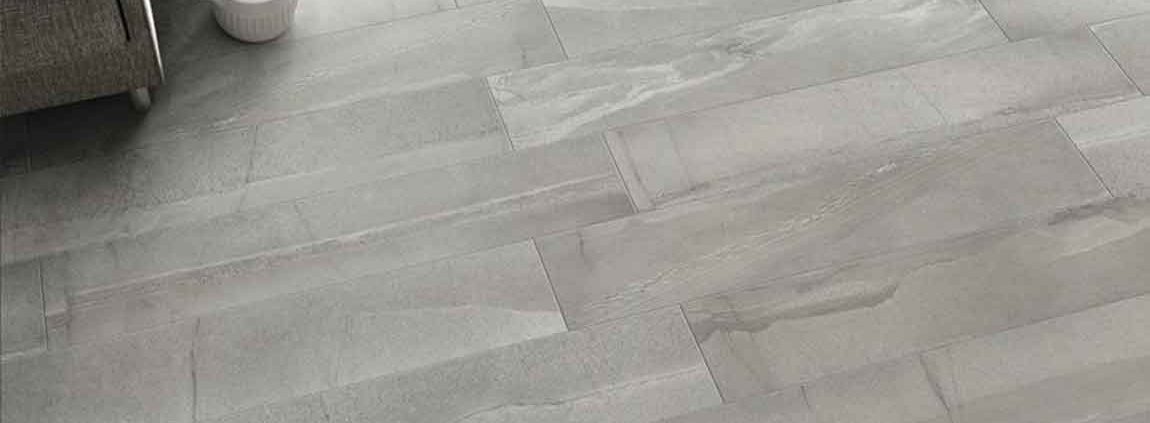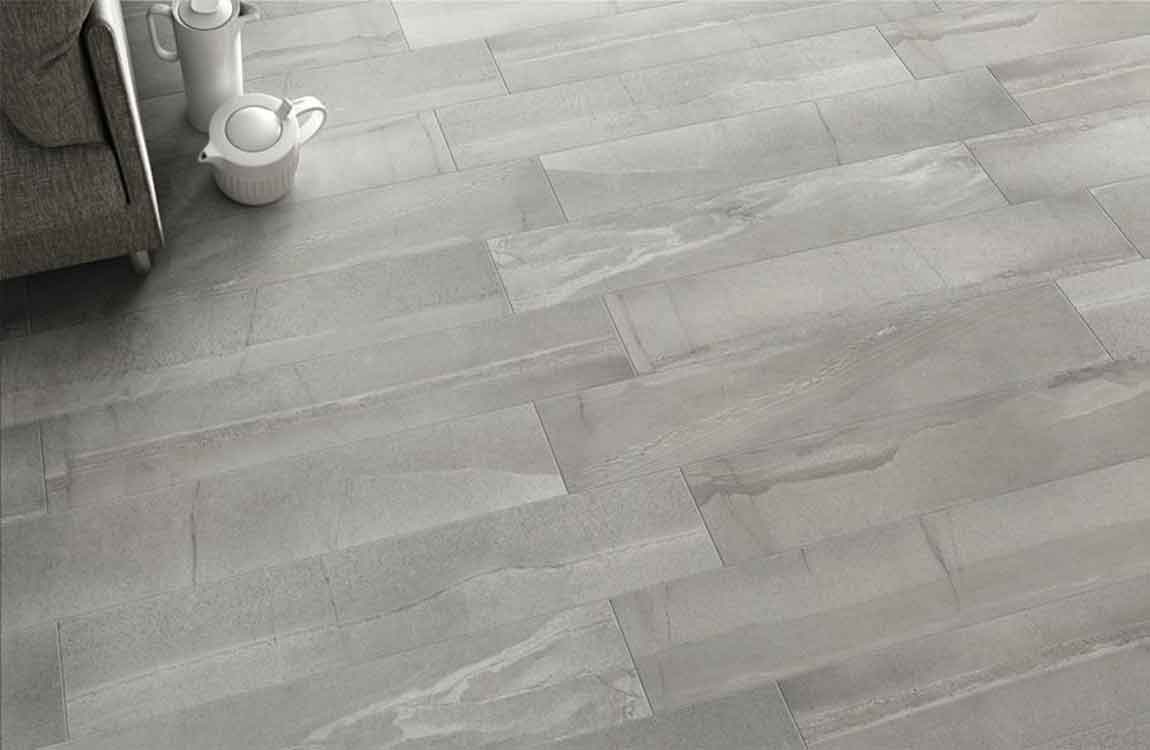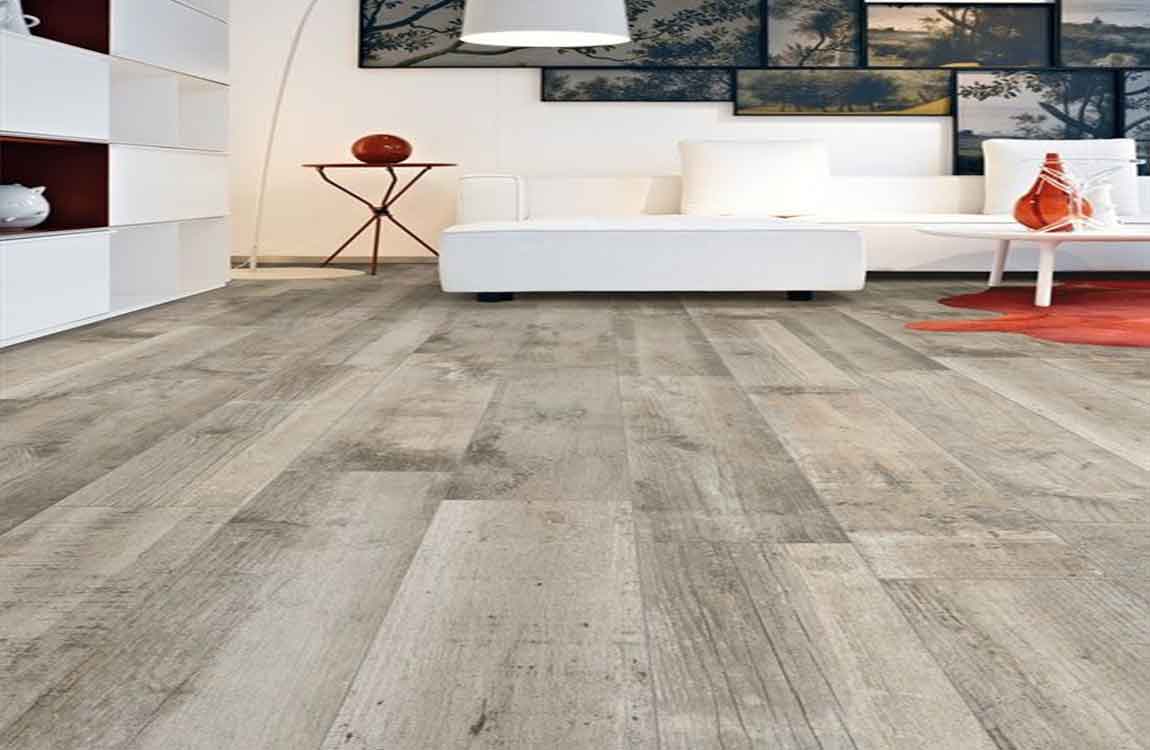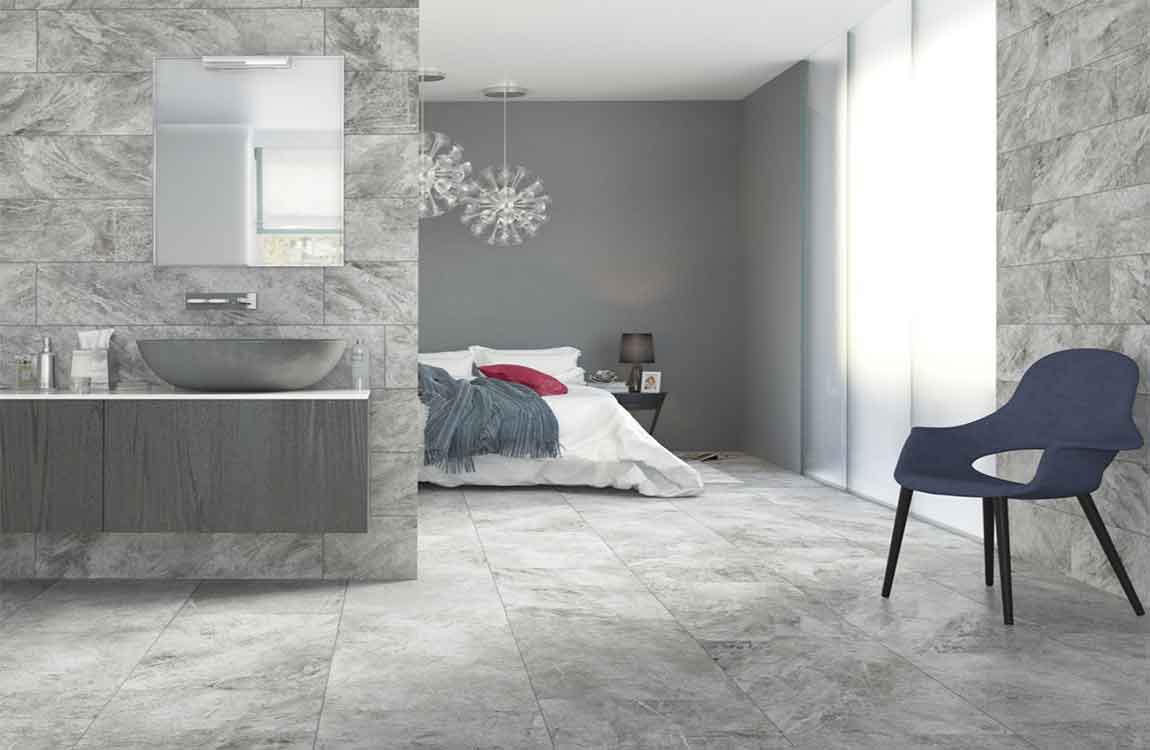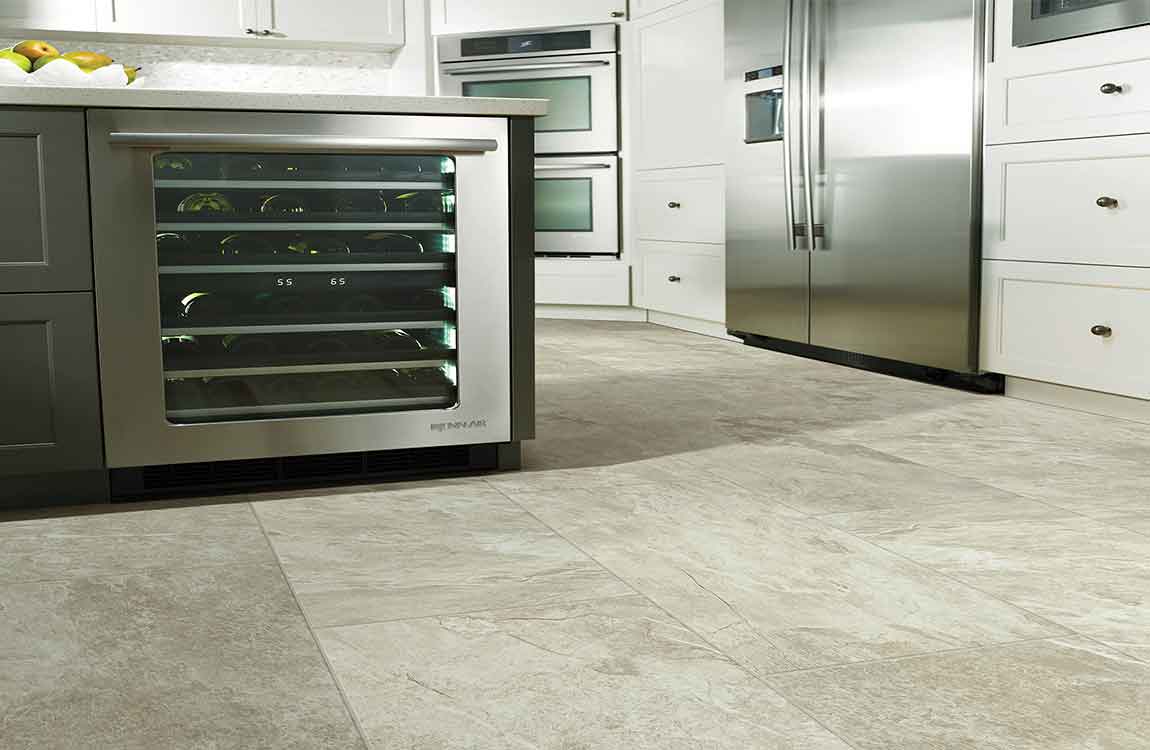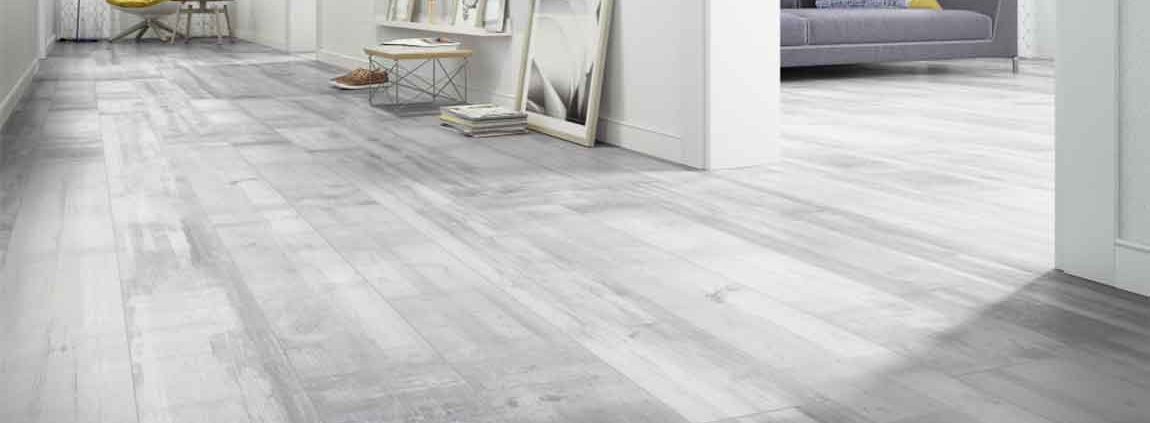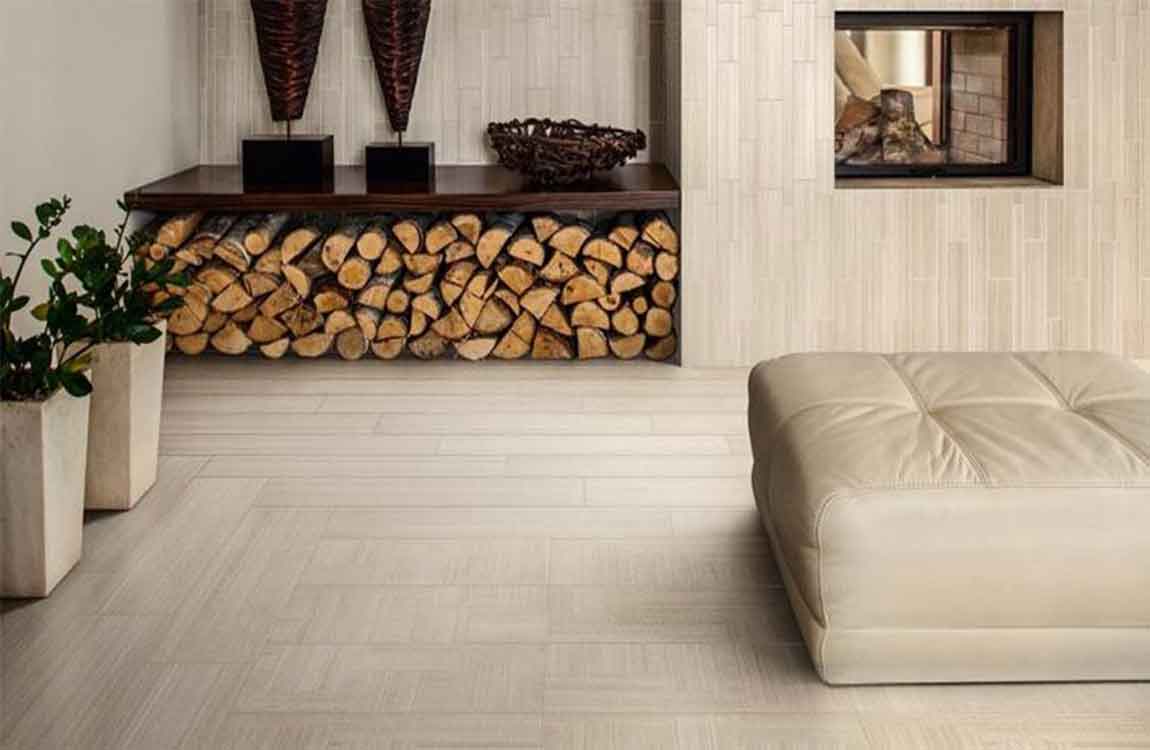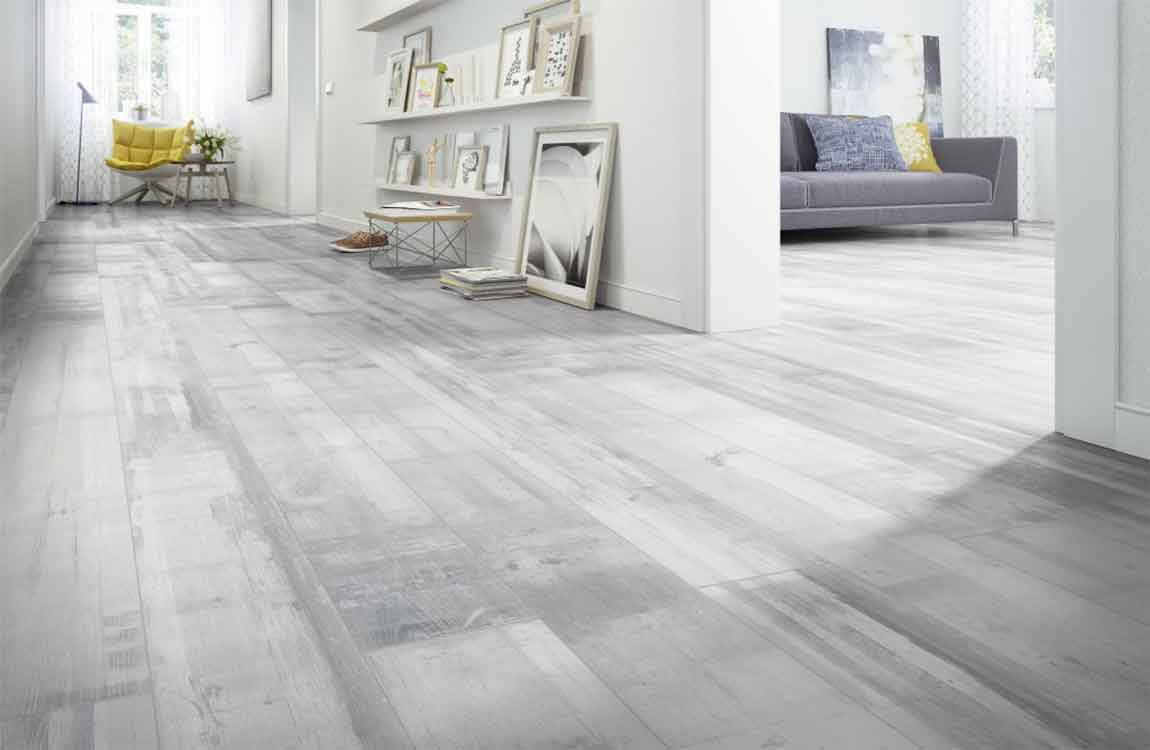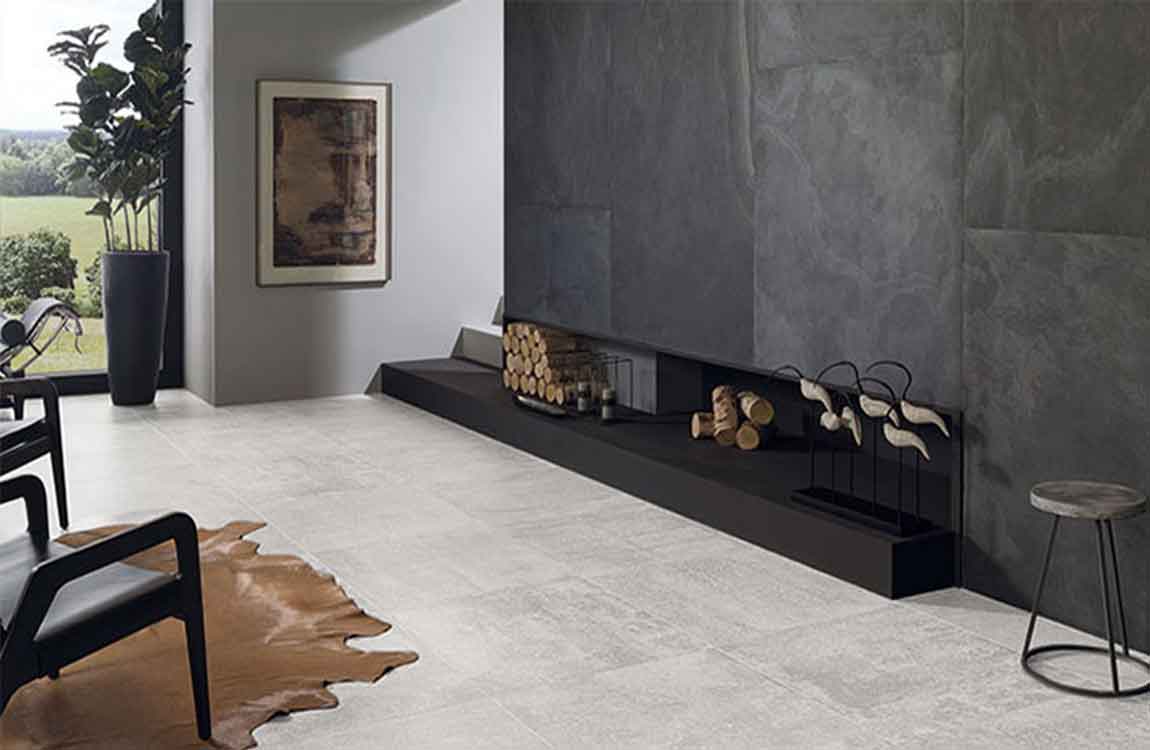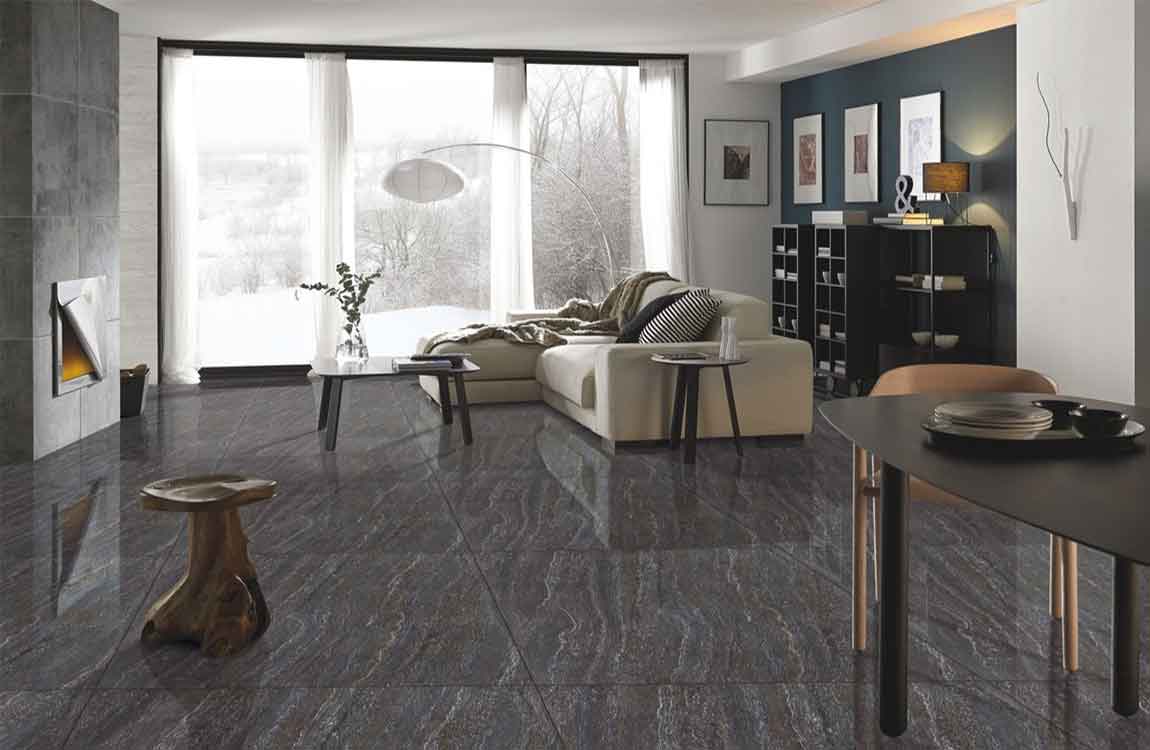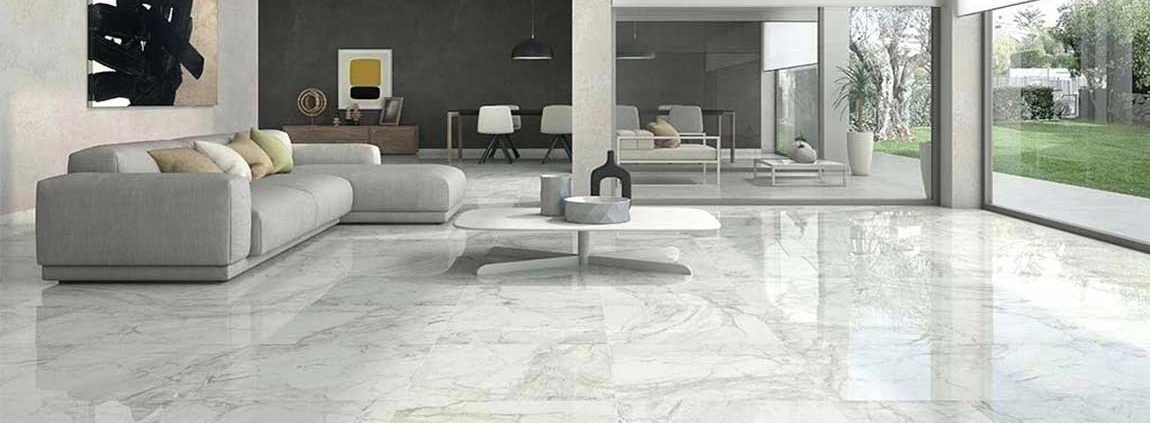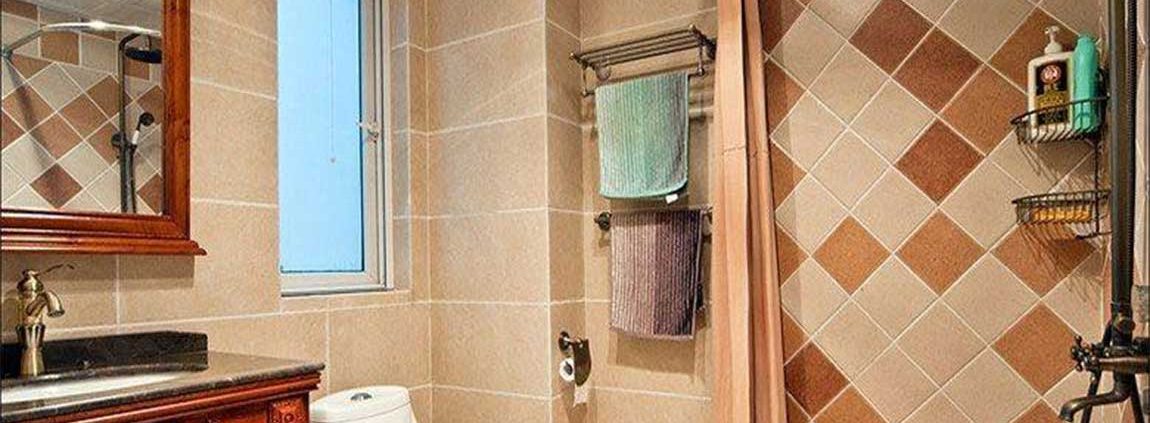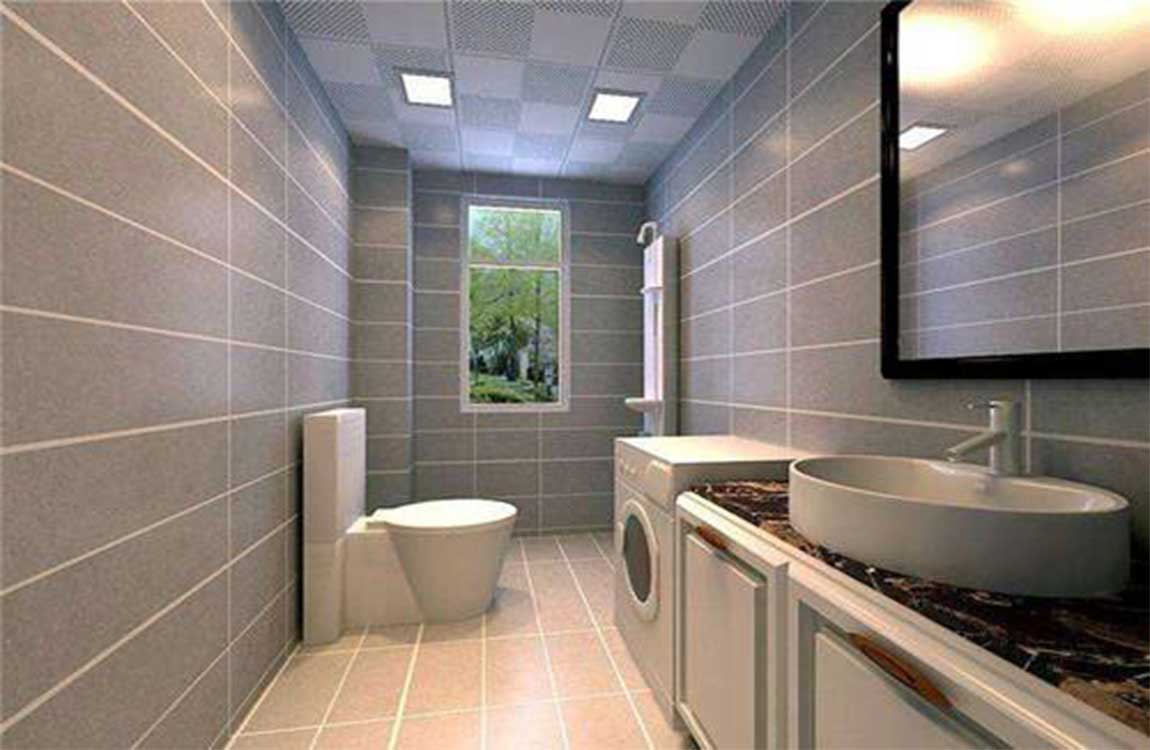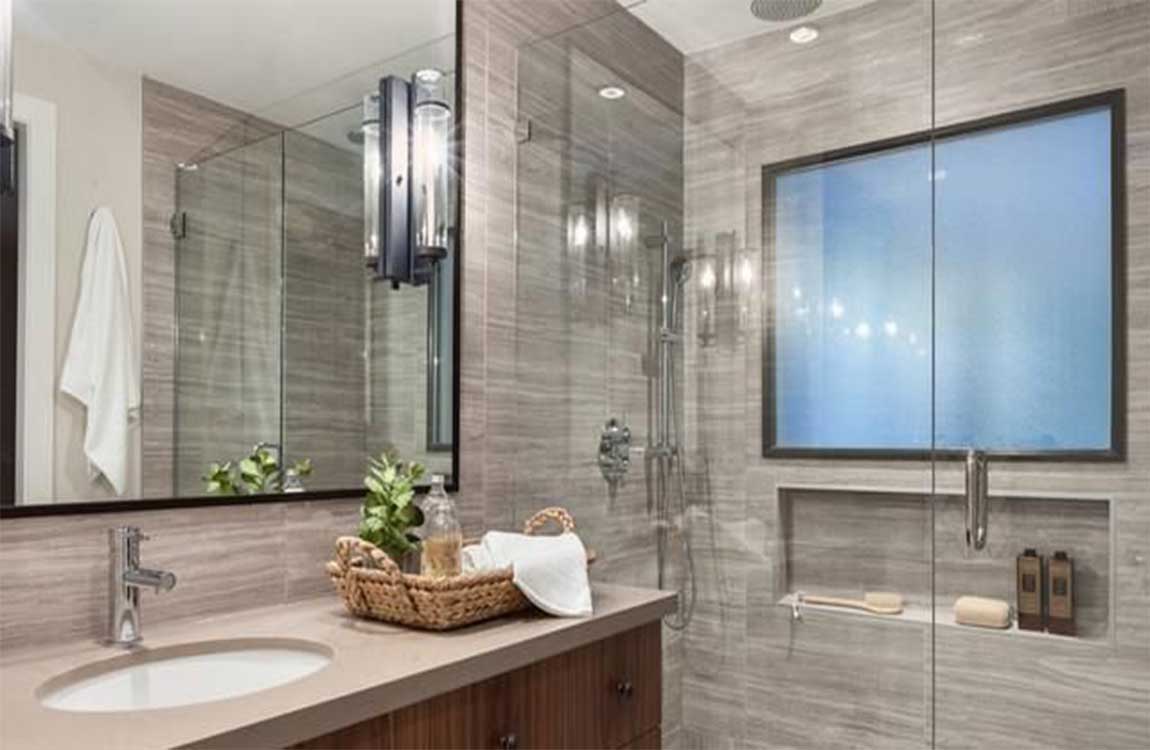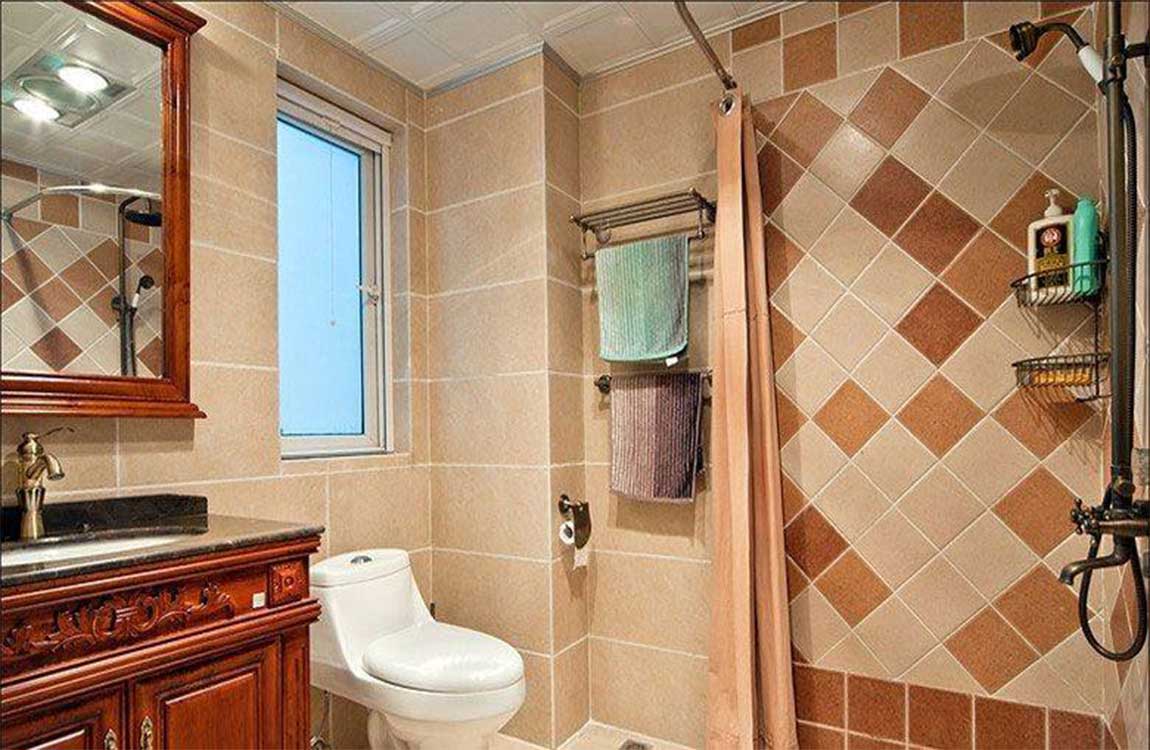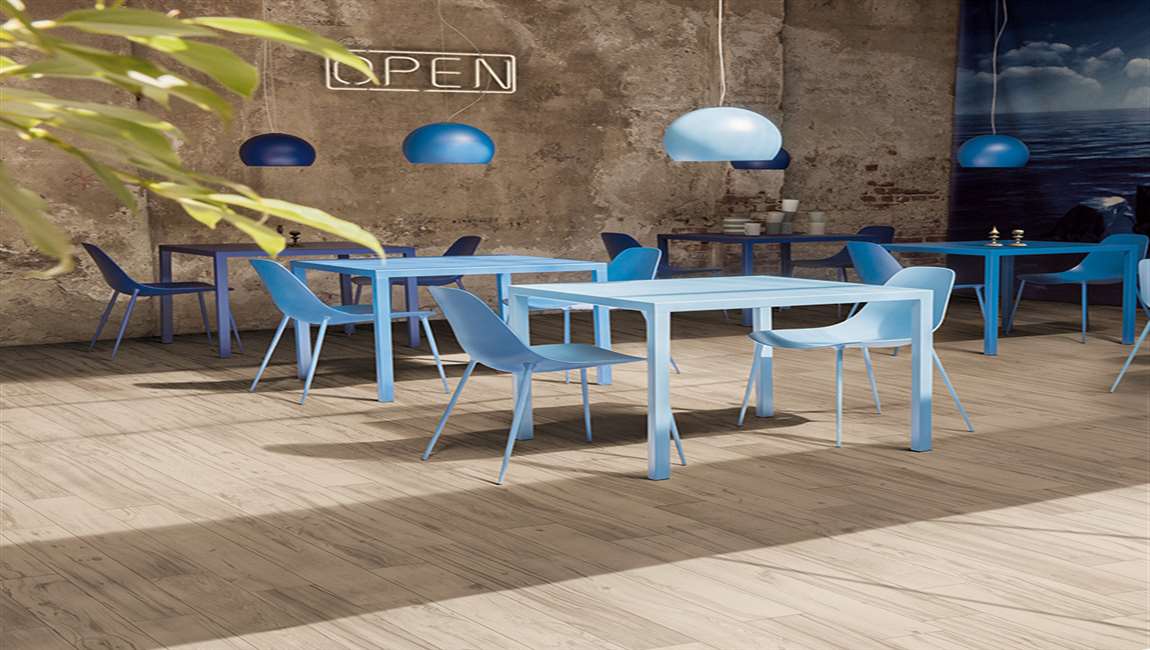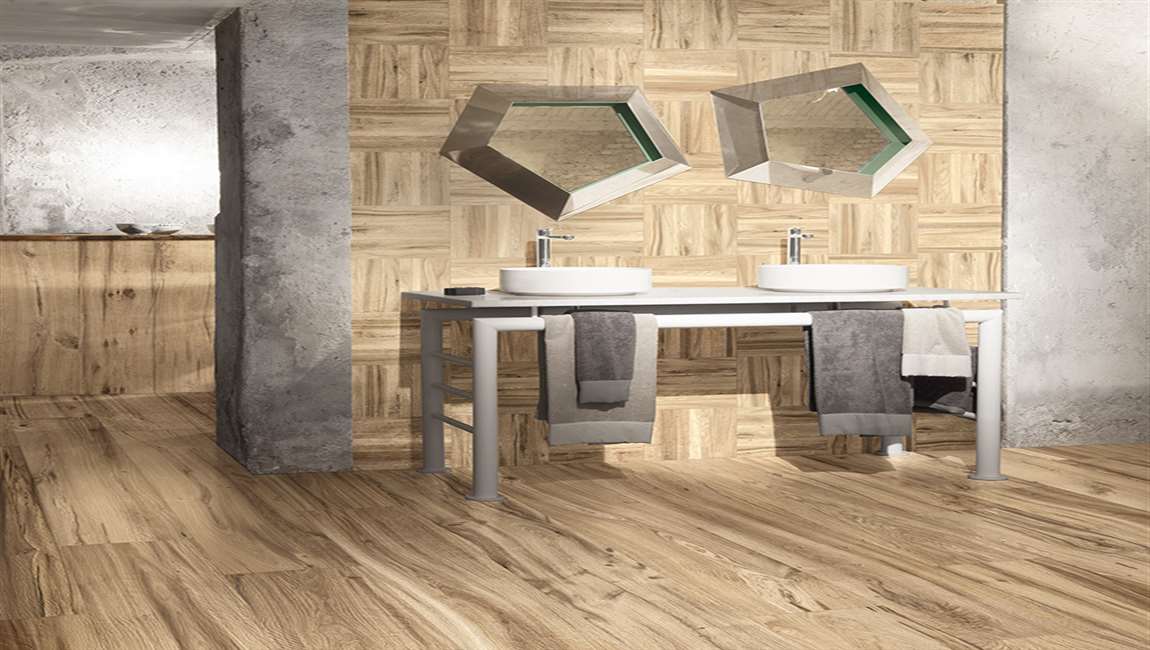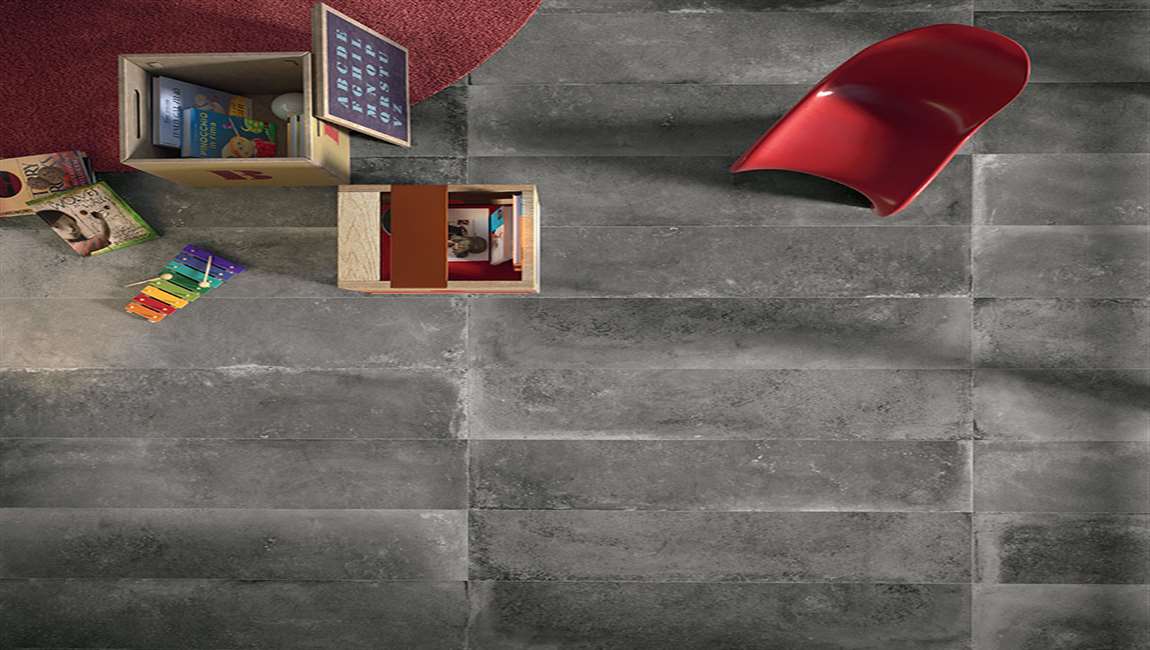How Tracing Tile Cut Lines before Toilet Installation?
Tile the areas away from the toilet flange first. When tiling a bathroom, mark out your desired grid pattern on the floor, and lay tile over the unobstructed areas first. Don’t tile around the toilet flange—the circular piece that connects to the drain pipe and upon which the toilet itself will rest—until the end.
Draw out a grid pattern for the tile layout on paper, and then on the subfloor itself, that reduces the number of tile cuts you need to make. If you’re using larger tiles—e.g., 12 by 12 in (30 by 30 cm) or larger—you may be able to cut a circle out of a single tile to go around the flange.
Cut one or more sheets of paper that match the size of your tiles. If you need to cut 1 tile to go around the flange, cut 1 sheet of paper; if you need 4 tiles, cut 4 sheets of paper. Be as precise as possible in sizing the sheets of paper properly. For instance, if your tiles are 8 by 8 in (20 by 20 cm), cut your sheets of paper to those dimensions.
Lay the sheet(s) of paper in place, overlapping the flange. Place the sheet(s) of paper exactly where the tile(s) will go, making sure to account for the spacing of your grout lines. That is, if your other tiles are spaced 0.125 in (0.32 cm) apart due to the grout lines, leave this same gap between the set tiles and your paper.
You can employ the same plastic spacers you use when laying the tile to make sure your grout line spacing is consistent with your paper templates. If you only need to cut a single tile, just lay a single sheet of paper right over the flange.


